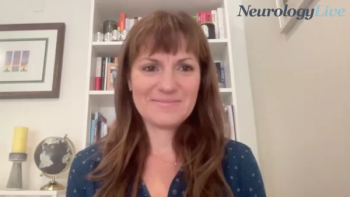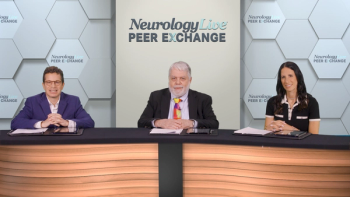
The Frequency of Occurrence of Narcolepsy Symptoms
Drs Thorpy, Dogan, Doghramji, and Kushida discuss the frequency of symptoms encountered in patients who are diagnosed with narcolepsy.
Episodes in this series

This is a video synopsis/summary of a panel discussion involving Michael Thorpy, MD; Karl Doghramji, MD, FAASM, DFAPA; Clete Kushida, MD, PhD; and Richard K Bogan, MD.
In this conversation, the speaker discusses the prevalence of various features of narcolepsy, highlighting differences in presentation among patients. He emphasizes the role of orexin deficiency in destabilizing wakefulness, leading to sleep-related phenomena such as hallucinations and sleep paralysis. While excessive daytime sleepiness is a common symptom in all narcolepsy patients, not everyone experiences all associated features.
The speaker notes that virtually all type 1 narcolepsy patients have cataplexy, with some exceptions showing low orexin levels even without overt cataplexy. Additionally, about 24% of type 2 narcolepsy patients may exhibit low levels of cerebrospinal fluid hypocretin, potentially changing their diagnostic category.
The discussion underscores the importance of recognizing the diverse symptomatology of narcolepsy, with patients often presenting with a combination of symptoms rather than all features. Clinically, it's crucial for physicians to inquire repeatedly about symptoms as some patients may not initially recall or acknowledge them, necessitating thorough evaluation to guide diagnosis and treatment.
Video synopsis is AI-generated and reviewed by NeurologyLive editorial staff.
Newsletter
Keep your finger on the pulse of neurology—subscribe to NeurologyLive for expert interviews, new data, and breakthrough treatment updates.




















